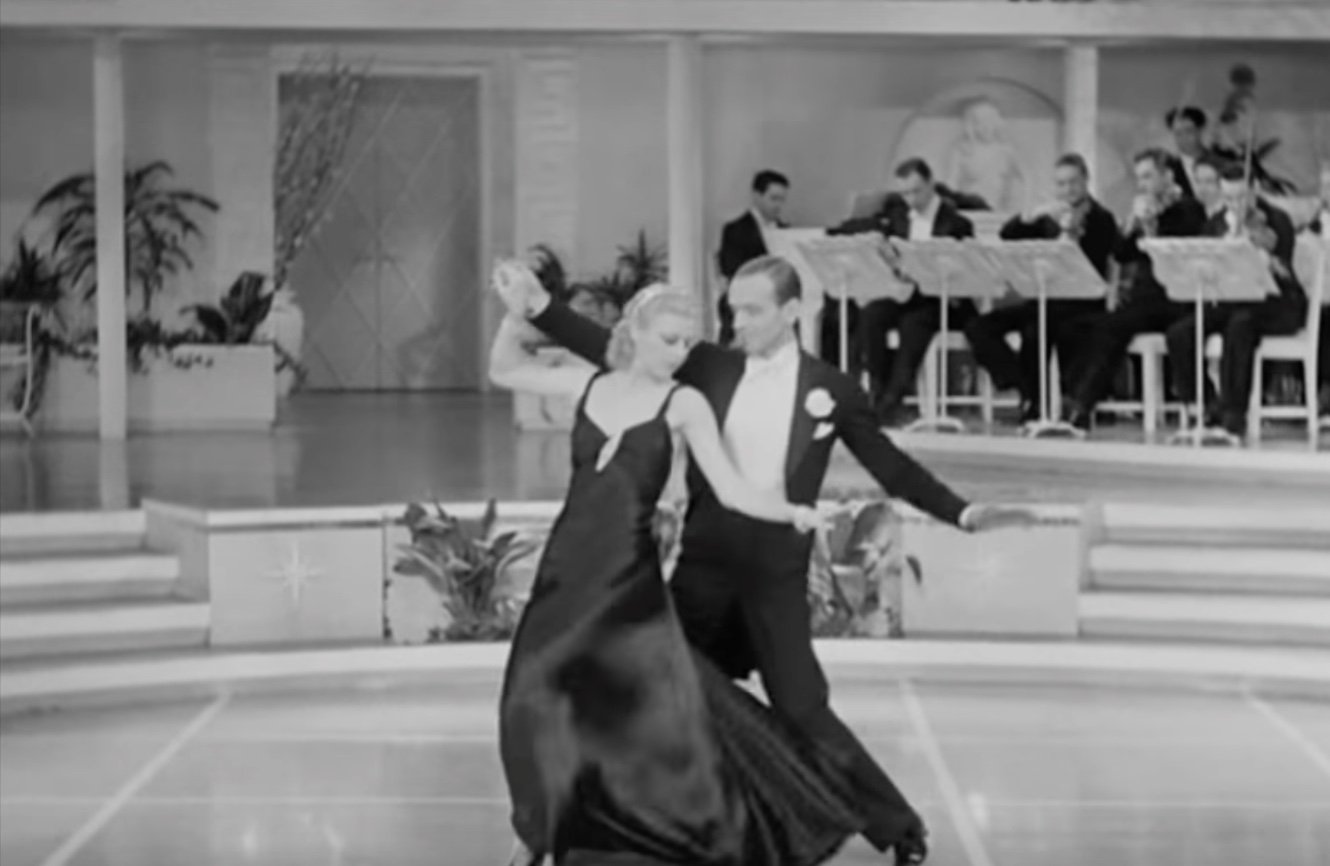I’m home now, still working on the etudes, and I’m running into the frustration of working on projects that stretch you: for most of the process, you’re not big enough. Once I can play the thirds and octaves and giant jumps as fast as I want, they’ll sound incredible, but right now I have to play them under tempo (they still sound beautiful—it’s just a different energy). It’s funny that the black key-white key geography of the thirds is so different from in Chopin’s thirds etude—being able to play chromatic scales in thirds in g#minor doesn’t help me play clean turnarounds in thirds in Bb (though it does give me confidence that I’ll get there). And she has spots where the hands jump really fast from one side of the keyboard to the other—sometimes after I practice that I can really feel it in my obliques, which makes me laugh. So I’m getting a workout.
But I also get impatient.
So I’ve been taking breaks and looking at some of Agnes’s shorter unpublished works for piano, and I’m so happy to report that there are some much more accessible pieces, even some I think I can assign to my students. Some of them sound almost like something out of Tin Pan Alley or early Hollywood musicals—that’s an exaggeration, and probably not something I should tell listeners: they’re not “jazzy” or swung, so anyone looking for that would be disappointed. But if I picture people dancing to this music, it’s not the nineteenth century ballroom scene with hoop skirts: it’s Fred Astaire and Ginger Rogers. That makes me think about all the Tin Pan Alley composers from Eastern Europe at the end of the nineteenth century; maybe it’s not all that far-fetched to hear Agnes sounding similar to them.
I had one nice late night of sight-reading manuscript pages straight from the photos app on my ipad (once I really work on pieces, I put them into a music reading app instead), and I fell in love with a quirky little waltz—the very first few bars made me exclaim aloud “what!? sounds like Gershwin!” But then it was missing at least a page, and I agonized. The first couple of pages do end with a cadence that works for a final cadence, with a double bar (that can signal a final ending), but then there’s more: two more pages, where the first one begins in the middle of a thought, so something is obviously missing. I played through it a couple of times and then put it away.
But then I couldn’t stop thinking about it: should I play it without the final pages, knowing something is missing? or should I record the final pages as an extra? or should I try to write some kind of filler to glue them together? Or should I wait till I can go back to the archive next year, and look through the collection of fragments to try to find the missing page? Finally, I decided that I’d see if I could reconstruct what’s missing, so I’d see if the thought that starts the final page is one that shows up anywhere else. So I went through the pages really carefully, side by side, and made a really exciting discovery: the last page and a half is actually just…the last page and a half, recopied. But it’s exactly the same music. I think she wrote it out again because there are some blotches and she wanted a cleaner copy. And now that I see it, it’s obvious (she doesn’t start at the same measure at the top of the page, so I’m not a total dunderhead for missing it). I’m so happy that I went back and checked, and now I can play the waltz without worrying that it’s missing something.
